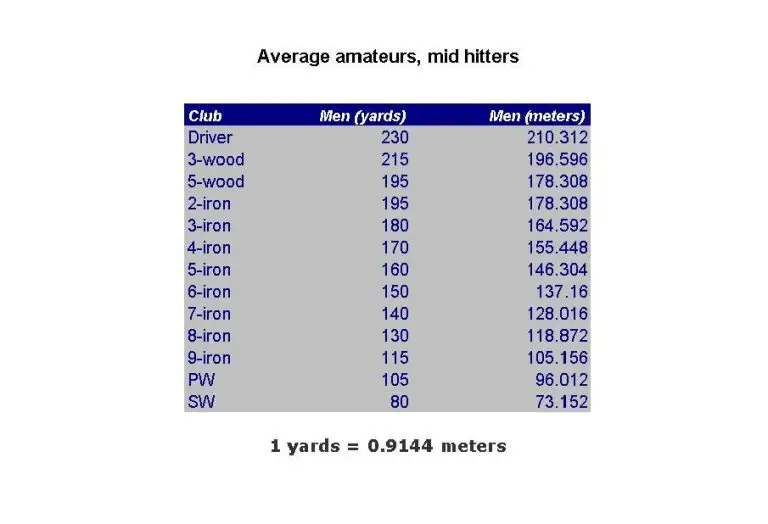Can Golf Balls Be Recycled

Golf is a sport enjoyed by millions of people around the world, but the environmental impact of the sport is often overlooked. One area of concern is the disposal of golf balls, which are made of materials that can take hundreds of years to decompose. Millions of golf balls are lost or discarded each year, and many of them end up in waterways or landfills, posing a threat to wildlife and ecosystems. This raises the question: can golf balls be recycled?
In this article, we will explore the potential for recycling golf balls and the environmental impact of discarding them. We’ll take a closer look at the anatomy of a golf ball and the materials that make up its construction. We’ll also examine the environmental impact of discarded golf balls, including the factors that contribute to golf ball pollution. Furthermore, we’ll discuss traditional methods of golf ball recycling, such as refurbishing and reusing, as well as the innovations and advancements in golf ball recycling technology. Finally, we’ll consider the ethical and sustainable considerations related to golf ball pollution and discuss the legal and regulatory considerations of golf ball disposal.
If you’re interested in the environmental impact of the sport of golf and want to learn more about the potential for golf ball recycling, this article is for you. We’ll provide a comprehensive overview of the topic and explore the challenges and opportunities associated with golf ball recycling.

Anatomy of a Golf Ball
Before we dive into the topic of golf ball recycling, let’s take a closer look at the anatomy of a golf ball. Golf balls are typically made up of a rubber core, wrapped in a layer of synthetic rubber, and covered in a plastic or urethane cover. Some golf balls may also have additional layers, such as a mantle layer or an inner cover. These materials are durable and designed to withstand the impact of a golf club, but they also contribute to the longevity of golf balls in the environment.
Environmental Impact of Discarded Golf Balls
The impact of discarded golf balls on the environment is a growing concern. According to estimates, millions of golf balls are lost or discarded each year in the United States alone. These golf balls can end up in waterways, where they pose a threat to wildlife and ecosystems. They can also contribute to plastic pollution in landfills and other areas.
Factors Contributing to Golf Ball Pollution
There are several factors that contribute to golf ball pollution. One major factor is lost balls. Golfers may accidentally hit balls into water hazards, woods, or other areas where they cannot be easily retrieved. These lost balls can remain in the environment for decades or even centuries.
Another factor is discarded range balls. Range balls are often used for practice and may be discarded or left on the driving range. These balls are typically made of lower-quality materials and may not be as durable as standard golf balls. They can also contribute to pollution if they are not properly disposed of.
Methods of Recycling Golf Balls
Recycling golf balls is one potential solution to the problem of golf ball pollution. Traditional methods of recycling golf balls include refurbishing or reusing them. Refurbished golf balls are typically collected from golf courses, cleaned, and sorted by quality. They are then sold at a lower price than new golf balls. Reused golf balls are those that have been lost or discarded, but are still in good condition. These balls can be collected, cleaned, and resold.
In recent years, there have been advancements in golf ball recycling technology. Companies have developed methods for breaking down golf balls into their individual components, such as the rubber core and plastic cover. These components can then be repurposed or used to create new products.
Challenges and Limitations of Golf Ball Recycling
While golf ball recycling has potential benefits, there are also challenges and limitations to the process. One major challenge is the collection and sorting of golf balls. This process can be time-consuming and labor-intensive, especially for smaller golf courses or ranges. Additionally, not all golf balls can be refurbished or reused, and the recycling process may not be financially feasible for some companies.
Ethical and Sustainable Considerations
The impact of golf ball pollution on the environment raises ethical and sustainable considerations. It’s important to consider the potential impact on wildlife and ecosystems, as well as future generations. Sustainable practices in the golf industry can help reduce the environmental impact of golf balls and promote responsible waste management.
Legal and Regulatory Considerations
Current laws and regulations related to golf ball disposal vary by region. Some areas have regulations in place for the proper disposal of golf balls, while others do not. Golf course owners and operators may be held liable for environmental damage caused by discarded golf balls, so it is important for them to follow proper disposal practices and educate their customers.
Conclusion
In conclusion, golf ball pollution is a growing concern that requires attention and action. While golf ball recycling offers potential benefits, there are also challenges and limitations to the process. It’s important for golfers, golf course owners, and companies in the golf industry to consider the ethical and sustainable implications of golf ball disposal and to take responsibility for their environmental impact. By promoting responsible waste management and exploring innovative recycling technologies, we can work towards a more sustainable future for the sport of golf and the environment.






